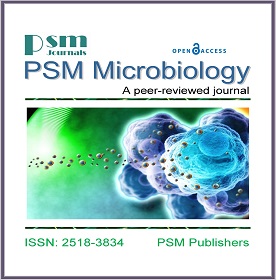Beach Sand and Sea Water as Reservoir of Potentially Pathogenic Microbes
Keywords:
Beach sand, Sea water, Filamentous fungi, Yeasts, Pathogenic microbes.Abstract
The quality of beach sand and sea water is critical to public health and tourism. The main sources of contamination for the coastal water and the beach sand are sewage effluents, rivers, agricultural runoff, and urban runoff, surface run-off after heavy rainfall, bird droppings and recreational activities. Several potentially pathogenic microorganisms are introduced into seawater and beach sand that are not normally found in a marine environment. Pathogen identification and quantification is time-consuming and difficult because pathogens occur in beach sands and natural waters infrequently and at low quantities. In this issue, Echevarría (2022) reports the incidence of several species of pathogenic filamentous fungi and yeast in beach sand and sea water on the beach at the pier in the town of Arecibo, P.R. Monitoring initiatives must be carried out in particular in metropolitan areas and near beaches. This might improve microbiological quality of beach sand and sea water, as well as beachgoer safety and the tourism appeal to foreign tourists.
Downloads
Published
How to Cite
Issue
Section
License
Copyright (c) 2022 PSM

This work is licensed under a Creative Commons Attribution-NonCommercial 4.0 International License.




